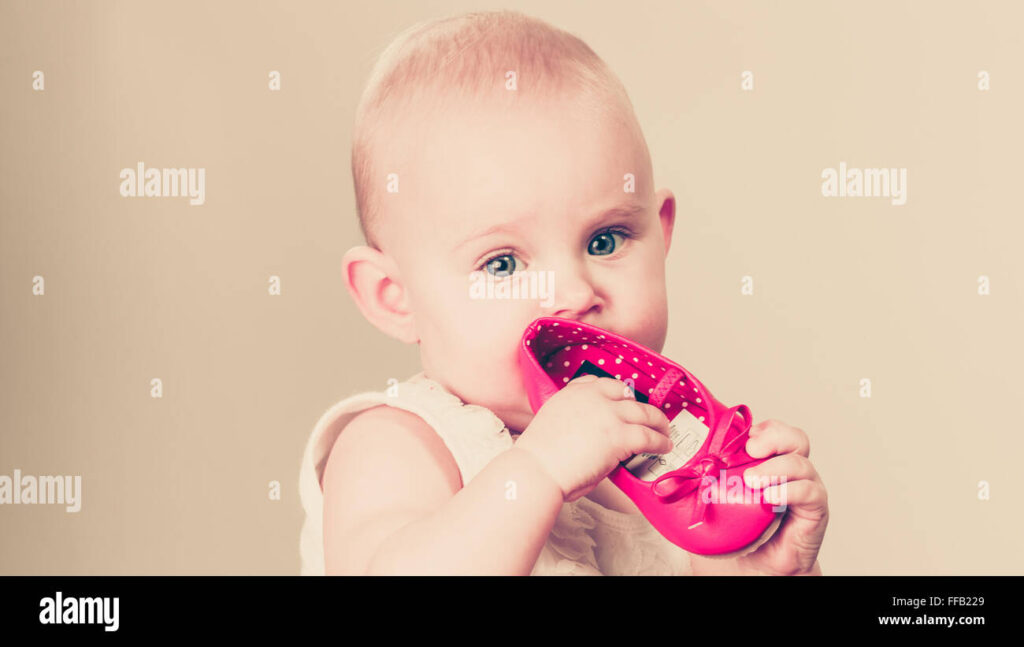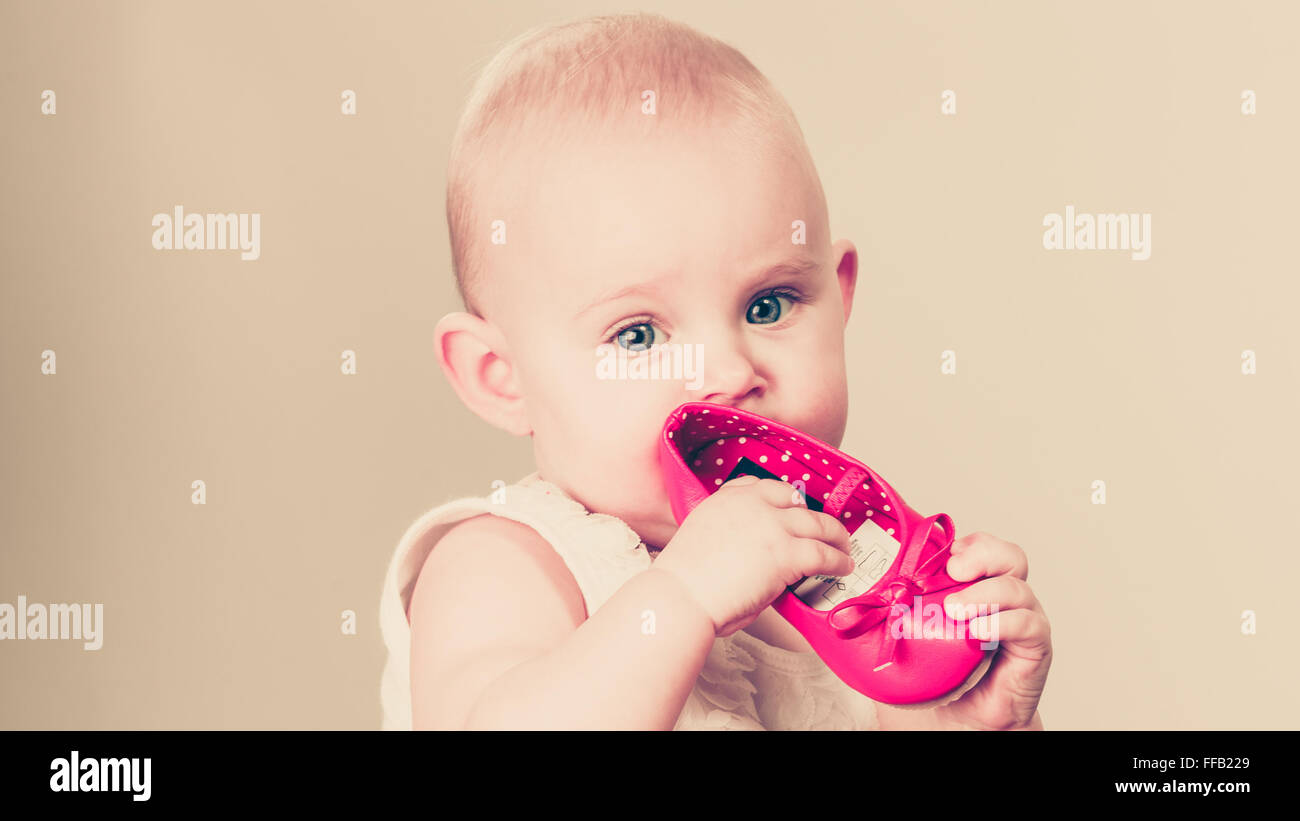
The Enduring Allure of the ‘Sweet Baby Face’ in Etown: A Look at Beauty Standards and Community Impact
The phrase “sweet baby face Etown” evokes a specific image, one often associated with youthful beauty, innocence, and a certain charm prevalent within the Etown community. But what does it truly mean, and how does this ideal impact individuals and the broader culture of Elizabethtown? This article delves into the multifaceted concept of the “sweet baby face Etown,” exploring its origins, its influence on beauty standards, and its potential consequences, both positive and negative. We aim to provide a balanced perspective, acknowledging the aesthetic appeal while critically examining its societal implications. The term “sweet baby face Etown” is used here to represent a localized perception of ideal beauty.
Defining the ‘Sweet Baby Face’ Aesthetic
The “sweet baby face” aesthetic, as the name suggests, draws heavily from the characteristics associated with infants and young children. These features typically include large, expressive eyes, a small nose, full cheeks, and a rounded face shape. In many cultures, these features are subconsciously linked to vulnerability, innocence, and a need for protection, triggering nurturing instincts in others. In the context of “sweet baby face Etown,” this aesthetic is often amplified by local trends, fashion choices, and cultural norms. Understanding these elements is crucial to comprehending the phenomenon.
But it’s more than just physical attributes. The “sweet baby face Etown” ideal often encompasses a certain demeanor – a perceived gentleness, kindness, and approachability. This combination of physical appearance and perceived personality contributes to the overall appeal of this aesthetic. The concept of a “sweet baby face Etown” is deeply rooted in the community’s perception of beauty.
The Roots of the ‘Sweet Baby Face’ Phenomenon in Etown
To understand the prevalence of the “sweet baby face Etown” aesthetic, it’s important to consider its historical and cultural roots. Local traditions, media influences, and even the demographics of Elizabethtown can play a role in shaping beauty standards. Perhaps a local celebrity or a popular social media influencer embodies this look, further solidifying its appeal. Or maybe it’s simply a reflection of broader societal trends that are amplified within the Etown community. Investigating these factors can provide valuable insights into the origins of this phenomenon. The popularity of the “sweet baby face Etown” style is undeniable.
Media Influence and Local Trends
The media, both traditional and social, plays a significant role in shaping our perceptions of beauty. Magazines, television shows, and social media platforms often showcase individuals who embody the “sweet baby face” aesthetic, further reinforcing its desirability. Local trends, driven by influencers and community leaders, can also contribute to the popularity of this look. Analyzing the media landscape in Etown can reveal how these influences contribute to the prevalence of the “sweet baby face” ideal. The media portrayal of the “sweet baby face Etown” is consistent.
Cultural Norms and Community Values
Cultural norms and community values also play a crucial role in shaping beauty standards. In some cultures, youthfulness and innocence are highly valued, which can contribute to the appeal of the “sweet baby face” aesthetic. Understanding the specific values and beliefs of the Etown community can shed light on why this particular look is so popular. The local values influence the perception of a “sweet baby face Etown”.
The Impact on Beauty Standards and Self-Perception
While the “sweet baby face Etown” aesthetic may be considered attractive by many, it’s important to consider its potential impact on beauty standards and self-perception. When a specific look is consistently promoted as the ideal, it can lead to feelings of inadequacy and insecurity among those who don’t naturally possess those features. This can be particularly damaging for young people who are still developing their sense of self. Exploring the psychological effects of these beauty standards is crucial for promoting body positivity and self-acceptance. The pressure to achieve a “sweet baby face Etown” can be intense.
The Pressure to Conform
The pressure to conform to a specific beauty standard can be immense, particularly in a close-knit community like Etown. Individuals may feel compelled to alter their appearance through makeup, cosmetic procedures, or even surgery in order to align with the prevailing ideal. This can lead to a cycle of insecurity and dissatisfaction, as individuals constantly strive to achieve an unattainable standard. The pressure to maintain a “sweet baby face Etown” is a real concern.
Promoting Body Positivity and Self-Acceptance
It’s essential to promote body positivity and self-acceptance in the face of these potentially harmful beauty standards. Encouraging individuals to embrace their unique features and celebrate their individuality can help to counteract the negative effects of the “sweet baby face Etown” ideal. Education and awareness are key to fostering a more inclusive and accepting beauty culture. [See also: Body Image and Self-Esteem in Adolescents]
The Positive Aspects of the ‘Sweet Baby Face’ Aesthetic
While it’s important to acknowledge the potential negative consequences of the “sweet baby face Etown” aesthetic, it’s also worth noting that there can be positive aspects as well. For some, embracing this look can be a form of self-expression and empowerment. It can also be a source of confidence and social acceptance. It’s important to avoid demonizing the aesthetic altogether and instead focus on promoting a more balanced and inclusive view of beauty. Many find confidence in their “sweet baby face Etown”.
Self-Expression and Empowerment
For some individuals, adopting the “sweet baby face” aesthetic can be a way to express their personality and sense of style. It can be a form of self-expression that allows them to feel more confident and authentic. It’s important to recognize and respect these individual choices, as long as they are not driven by pressure or insecurity. Self-expression through the “sweet baby face Etown” style is valid.
Confidence and Social Acceptance
In some cases, embodying the “sweet baby face Etown” aesthetic can lead to increased confidence and social acceptance. Individuals may feel more attractive and desirable, which can boost their self-esteem and improve their social interactions. However, it’s important to remember that true confidence comes from within and should not be solely dependent on external validation. The social advantages of a “sweet baby face Etown” are sometimes observed.
Moving Towards a More Inclusive Beauty Standard in Etown
Ultimately, the goal should be to move towards a more inclusive and diverse beauty standard in Etown. This means celebrating a wide range of features, body types, and personal styles. It also means challenging the narrow and often unrealistic ideals that are perpetuated by the media and society. By promoting body positivity, self-acceptance, and critical thinking, we can create a more supportive and empowering environment for everyone. [See also: The Importance of Diversity in Beauty Standards]. Encouraging a broader view of beauty beyond just the “sweet baby face Etown” is crucial.
Challenging Narrow Ideals
Challenging narrow ideals requires a conscious effort to question the messages we receive from the media and society. We need to be critical of the images we see and recognize that they often represent an unattainable and unrealistic standard. By promoting diverse representation in the media and celebrating a wider range of beauty, we can help to break down these harmful stereotypes. The need to challenge the ideal of the “sweet baby face Etown” is clear.
Promoting Diversity and Representation
Promoting diversity and representation is essential for creating a more inclusive beauty culture. This means showcasing individuals of all ages, races, body types, and abilities in the media and in public spaces. By celebrating the unique beauty of each individual, we can help to foster a greater sense of acceptance and belonging. The importance of representation beyond the “sweet baby face Etown” cannot be overstated.
The Future of Beauty in Etown
The future of beauty in Etown is uncertain, but one thing is clear: it’s up to us to shape it. By promoting body positivity, self-acceptance, and critical thinking, we can create a more inclusive and empowering environment for future generations. We can encourage individuals to embrace their unique beauty and celebrate their individuality. We can challenge the narrow ideals that are perpetuated by the media and society. And we can work towards a future where everyone feels valued and accepted, regardless of their appearance. The future of beauty, including the perception of a “sweet baby face Etown”, is in our hands. Let’s work towards a more inclusive definition. The concept of a “sweet baby face Etown” should evolve to encompass a wider range of beauty.
In conclusion, the “sweet baby face Etown” aesthetic is a complex phenomenon with both positive and negative implications. While it can be a source of confidence and self-expression for some, it can also contribute to feelings of inadequacy and insecurity for others. By understanding the roots of this aesthetic, its impact on beauty standards, and the importance of promoting body positivity and self-acceptance, we can work towards a more inclusive and empowering beauty culture in Etown. The conversation surrounding the “sweet baby face Etown” must continue.

